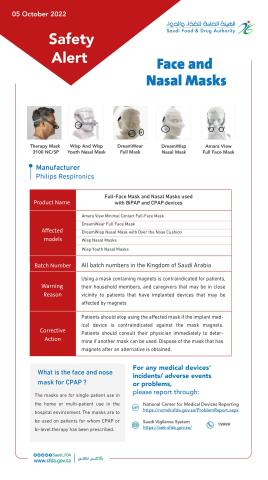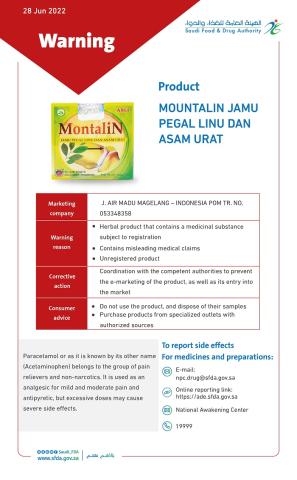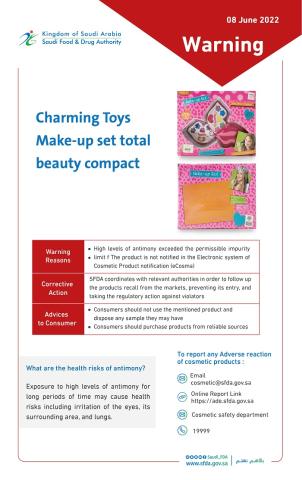Background: Three warnings of serious adverse events associated with the use of atypical antipsychotic drugs among elderly patients with dementia were sent to health care professionals in Canada. We assessed the impact of these warnings on prescription rates of antipsychotic drugs in this patient population.
Methods: We used prescription drug claims data from Ontario to calculate prescription rates of atypical and conventional antipsychotic drugs among elderly patients with dementia from May 1, 2000, to Feb. 28, 2007. We performed a time-series analysis to estimate the effect of each warning on rates of antipsychotic drug use.
Results: Before the first warning, growth in the use of atypical antipsychotics was responsible for an increasing rate of overall antipsychotic use. Each warning was associated with a small relative decrease in the predicted growth in the use of atypical antipsychotic drugs: a 5.0% decrease after the first warning, 4.9% after the second and 3.2% after the third (each p < 0.05). The overall prescription rate of antipsychotic drugs among patients with dementia increased by 20%, from 1512 per 100 000 elderly patients in September 2002, the month before the first warning, to 1813 per 100 000 in February 2007, 20 months after the last warning.
Interpretation: Although the warnings slowed the growth in the use of atypical antipsychotic drugs among patients with dementia, they did not reduce the overall prescription rate of these potentially dangerous drugs. More effective interventions are necessary to improve postmarket drug safety in vulnerable populations.
Source: CMAJ • August 26, 2008; 179 (5). doi:10.1503/cmaj.071540



